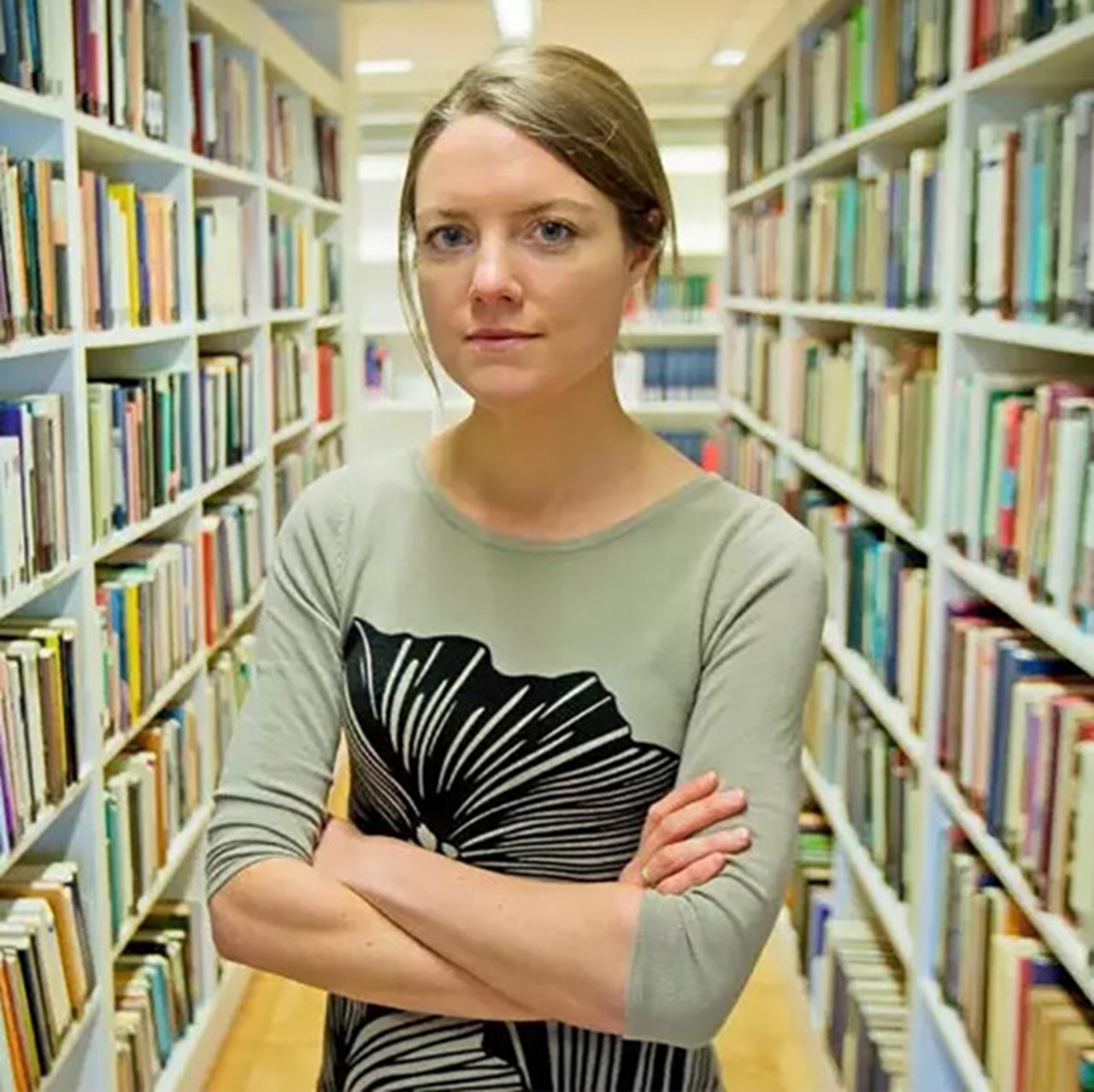This project has received funding from the European Research Council (ERC) under the European Union's Horizon 2020 research and innovation programme under grant agreement No 802631 (HEALFAM: The effects of unemployment on health of family members) PI. Anna Baranowska-Rataj.




